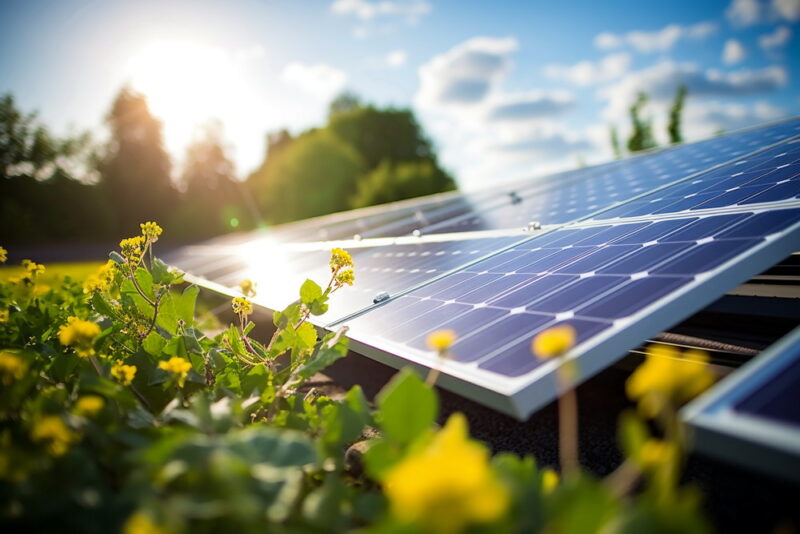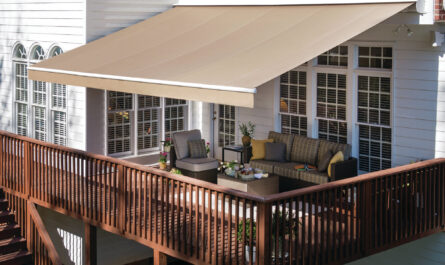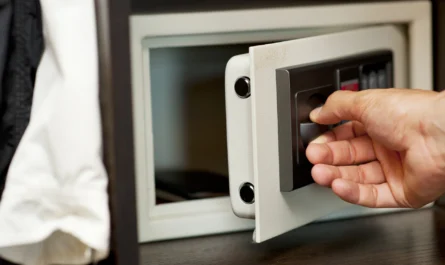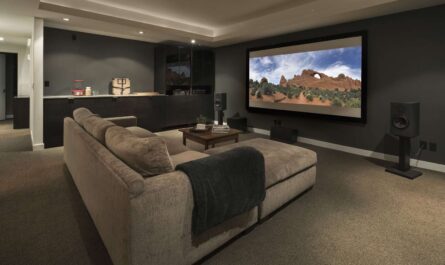Experts and research show that installing solar panels on your home can be a great way to save money on electricity costs while also helping the environment. Nonetheless, with the many different panel options now available, it can be challenging to figure out which type of system is best for your unique home and budget.
Page Contents
What Are The Main Types Of Solar Panels?
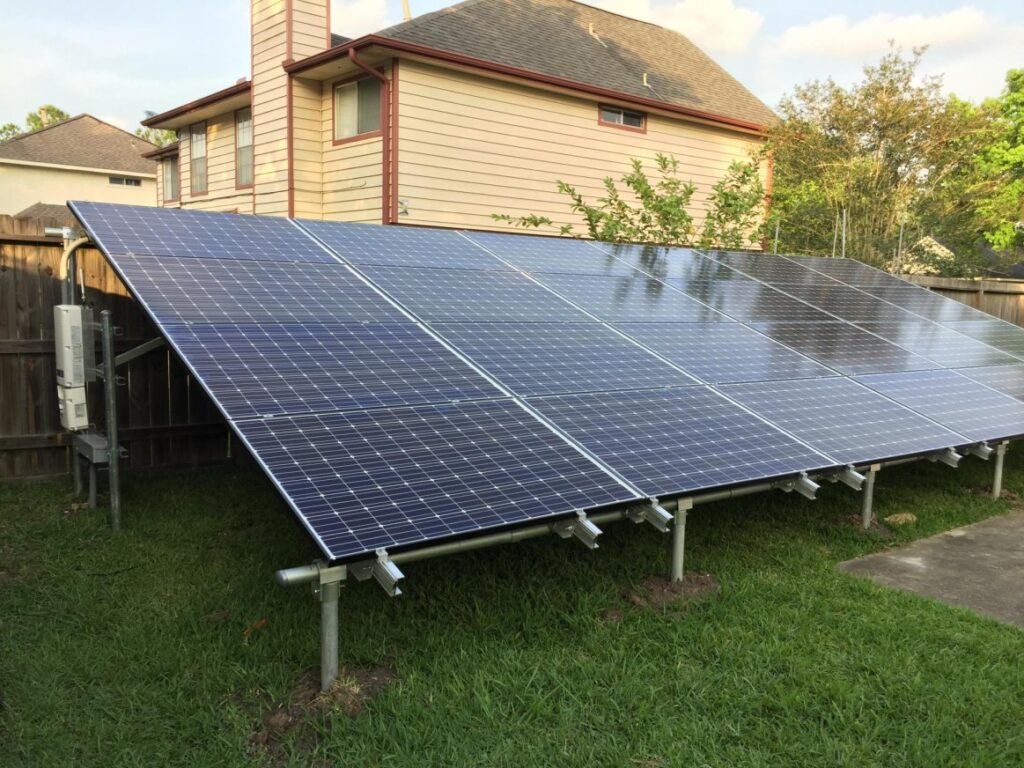
There are a few major categories of panels to be aware of when starting your research and determining which system and whether you should be installing solar panels on your home. The three primary types of solar panels used in home installations today are:
Monocrystalline Solar Panels
Monocrystalline panels, often shortened to “mono panels,” are made from silicon formed into uniform crystals. This gives them a distinctive black hue with visible silicon cell fragments.
Mono panels have solar cell efficiency rates of around 15-20%, making them one of the most high-performing panel options. They also have longer lifespans than other panel materials. However, mono panels tend to be more expensive upfront.
Polycrystalline Solar Panels
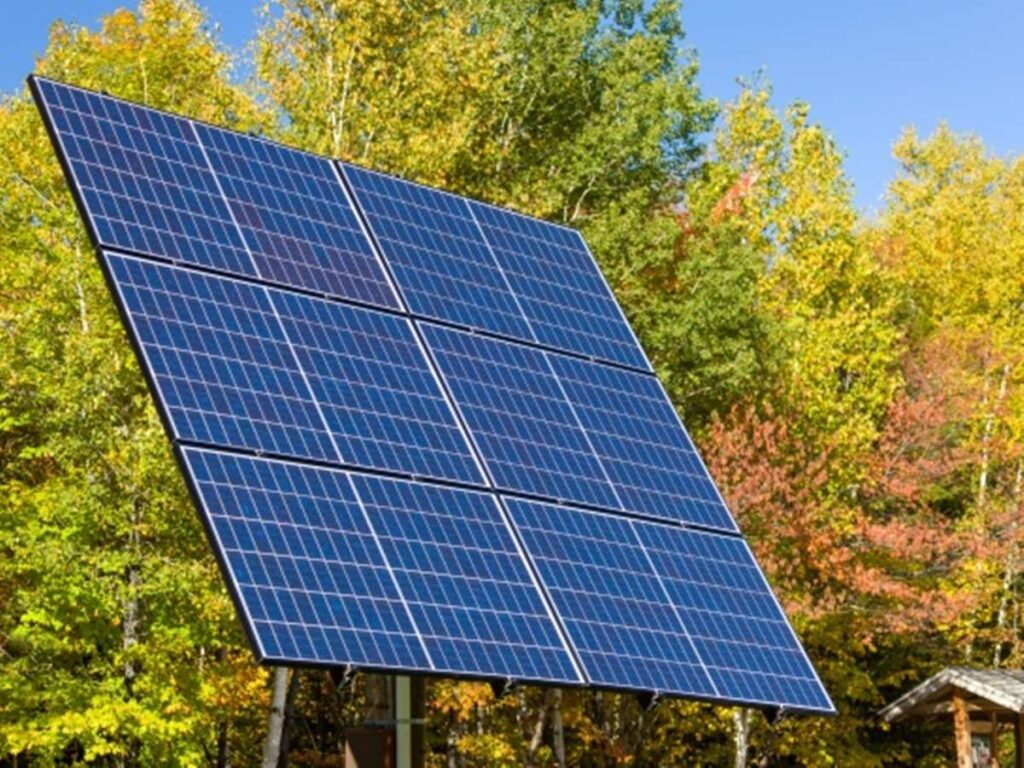
Polycrystalline panels, or “poly panels” are made from melted and recrystallized silicon fragments. The random crystal formation gives them a speckled blue color appearance.
Polycrystalline panels have slightly lower efficiency rates than monocrystalline, averaging 13-16%. But their lower price point makes them a popular choice for homeowners working within tight budgets. They still produce plenty of clean solar power.
Thin Film Solar Panels
Thin film panels are made by layering photovoltaic material onto surfaces like glass, stainless steel, or plastic backing. Amorphous silicon is a common thin film material. Their slim profiles make thin film panels lightweight and flexible, allowing unique installation capabilities compared to bulkier panels.
Nevertheless, conversion efficiency rates for thin film tend to be much lower, averaging 7-13%. Performance can also decline faster over time compared to crystalline silicon panels.
Figuring Out the Right Solar System Size
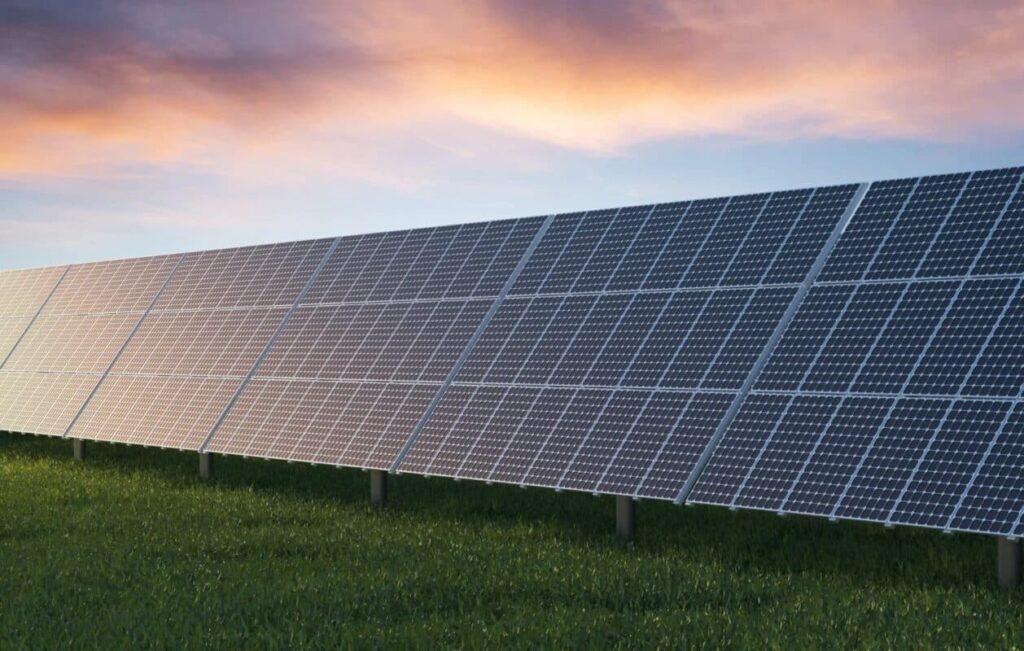
One of the biggest considerations when preparing for a residential panel installation is properly sizing your system. A solar panel system that is too small will not generate enough electricity to cover your household usage, while an oversized system leads to wasted energy production potential.
Most companies will do a remote or on-site evaluation of your home’s existing electric bills, avg. daily usage, and roof size/orientation when providing quotes. They factor in important criteria like your city’s amount of annual peak sun hours and local weather patterns to help determine optimal solar array dimensions.
As a general rule of thumb, a system with around 15 panels can cover half of an average household’s electrical needs. But every home is different. Be sure to discuss your family’s unique energy footprint with installers to end up with a right-fit solar system, maximizing both financial payoff and environmental benefit.
Purchasing Options: Own Outright or Lease?
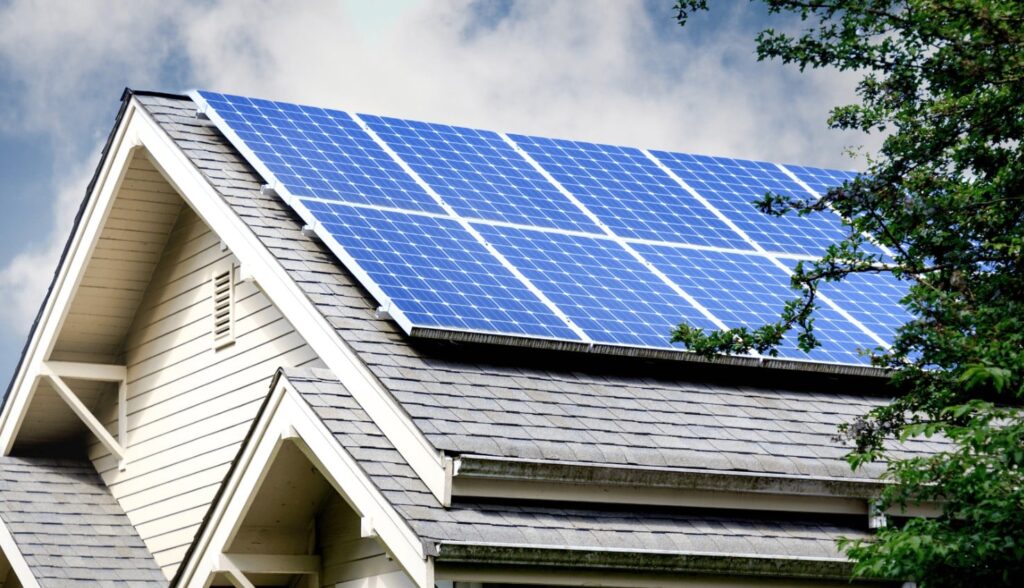
Once you decide which panel type and system size is best for your house, the next big choice is settling on a purchasing option. There are a few routes to solar panel ownership, including:
Full Purchase Upfront
The most straightforward path is paying for the complete cost of the equipment and installation outright. This allows you to own everything associated with the system placed on your property.
Any solar incentives, bill savings, and energy produced belong to you. Though it requires hefty upfront capital, a full solar purchase usually offers the greatest lifetime value.
Solar Loans
Some homeowners leverage solar loans to finance their panel system over time while still retaining outright ownership. Government-backed loans through FHA Title I, Fannie Mae’s HomeStyle program, and Freddie Mac typically offer attractive borrowing rates. This makes financing systems more affordable.
Solar Leasing
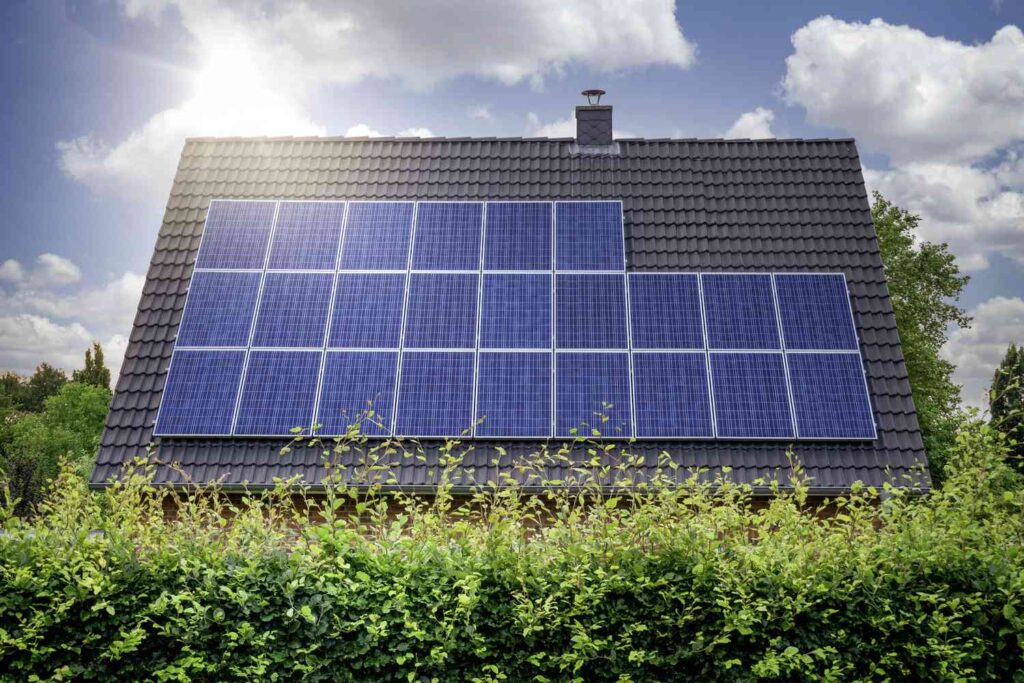
Solar leasing programs allow households to skip the large initial outlays of purchasing by leasing your system instead. The lease provider actually owns the equipment.
They handle the upfront costs of purchase and installation. In exchange, you pay a fixed monthly rate for using the solar power system usually locked in for 15-25 years. At the end of the lease, you may have the option to buy the system.
Power Purchase Agreement (PPA)
Under a power purchase agreement, a separate company maintains full ownership of the solar panels placed on your property. They shoulder all maintenance and equipment costs.
Rather than paying outright or via lease, you simply compensate the solar PPA provider for the kilowatt-hours of clean energy produced through a billing credit arrangement with your utility company.
Choosing Between DIY Or Professional Installation
Up next in your solar decision process is settling on an installation method – either opting for a DIY roofing project or hiring a qualified company to complete the work for you.
DIY Solar Panel Installation
Ambitious homeowners with solid electrical know-how can choose to buy components for ground or roof systems separately and self-perform installation. A DIY approach gives you extreme flexibility in picking preferred equipment brands/models while saving on labor costs.
Just recognize the intense physical demands, safety risks, building code considerations and precision wiring skills involved before attempting your own solar project. Improper work can severely reduce system performance or endanger your home.
Professional Solar Installers
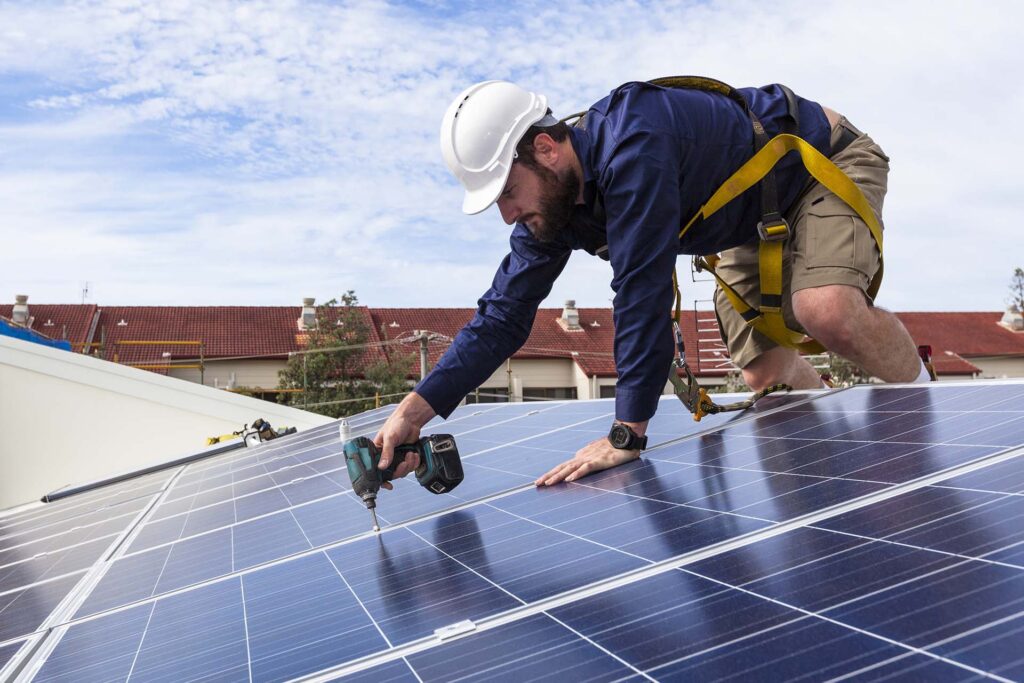
Reputable solar contractors offer end-to-end project management removing the substantial burdens of self-installed system off your shoulders. They assess your household energy needs, design a custom plan to match, acquire all necessary gear, handle permitting and inspections, install every piece neatly in place, then provide ongoing service and maintenance support.
Conclusion
Transitioning to home solar power certainly requires some upfront legwork evaluating your household’s needs, roof qualifications, city incentives and installation preferences. Settling on the right solar panels and ownership option for your situation is also key.
But once everything clicks into place, you will enjoy free renewable energy and lovely utility savings for potentially decades to come. Investing in panels remains one of the neatest upgrades you can provide a home while doing your part for the planet.
